A human with a camera
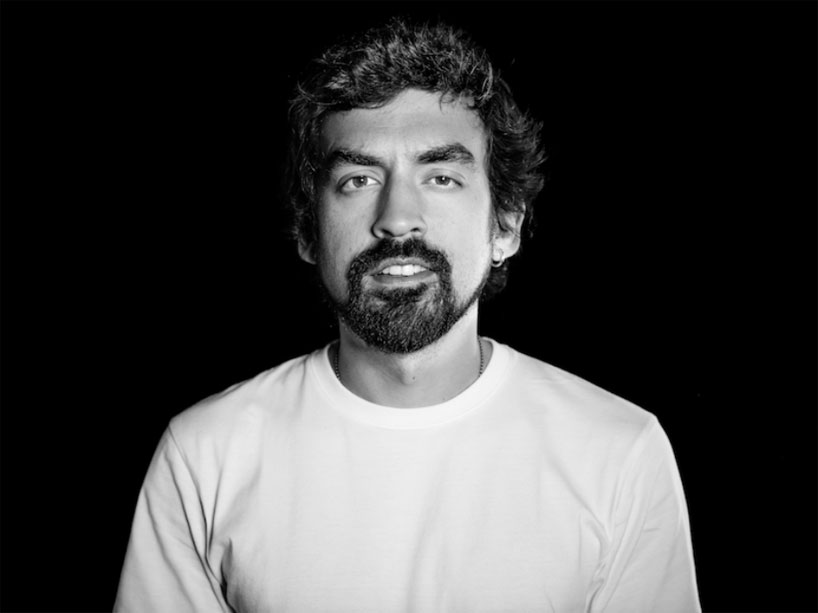
Photo: Pearson Ripley, a Ryerson MFA candidate, is a recipient of Nikon’s 100th Anniversary Storyteller’s Scholarship.
When asked where he sees his art evolving, Pearson Ripley (external link) , a documentary media student, disputes the premise: “It’s funny, I still don’t see myself as an ‘artist,’ to be honest,” he says. “There’s a blurry line between documentary, art, and photography. I don’t really have a label for myself, to be honest. I don’t really feel like an artist, though.”
How would he define himself? “I don’t know… human with a camera?” he offers. “I see the camera as an avenue to explore the things that I’m concerned or intrigued by.”
Through his art, photography, documentary media, or whatever you want to call it, Ripley has sensitively documented people and places overlooked by the mainstream—in Cuba, Nepal, Cambodia, and the United States. Ripley is currently based in Toronto, where he says of the documentary media MFA program, “I’ve got great professors, and I’ve got a fantastic cohort, and it’s very inspiring. A program is what you make it, and it’s just got me completely reconsidering how I make pictures. It’s got me thinking more critically about my creative decisions, and being more deliberate about those decisions.”
This year, he is a recipient of Nikon’s 100th Anniversary Storyteller’s Scholarship (external link) , which awards $10,000 USD in academic funding to 10 visual storytellers form across North America. “I’ll get to jump into my practice after school—I won’t have to be 100 percent focused on taking care of loans,” he says.
We asked Ripley to tell us about some of his favourite photos, and the stories behind them…
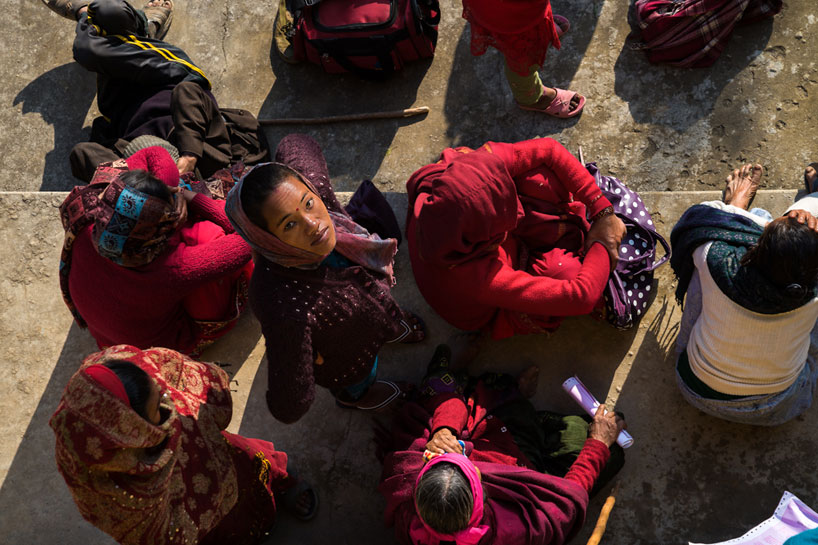
Look, Bijuwar, Nepal
The first two images are part of a larger project on vision in southeast Asia, and document a queue at an eye clinic in Nepal of people with preventable blindness. “Essentially, they are people with cataracts or severe visual impairments. They just really need a pair of glasses, but so severe that they can’t function normally,” says Ripley. “The operating room was down on the first level, and I was up in the processing and administrative area a level up, where there was a balcony. I had just been up there talking to a couple of nurses that were working at the clinic, and I looked down and saw the queue. She heard us talking, and looked up.”
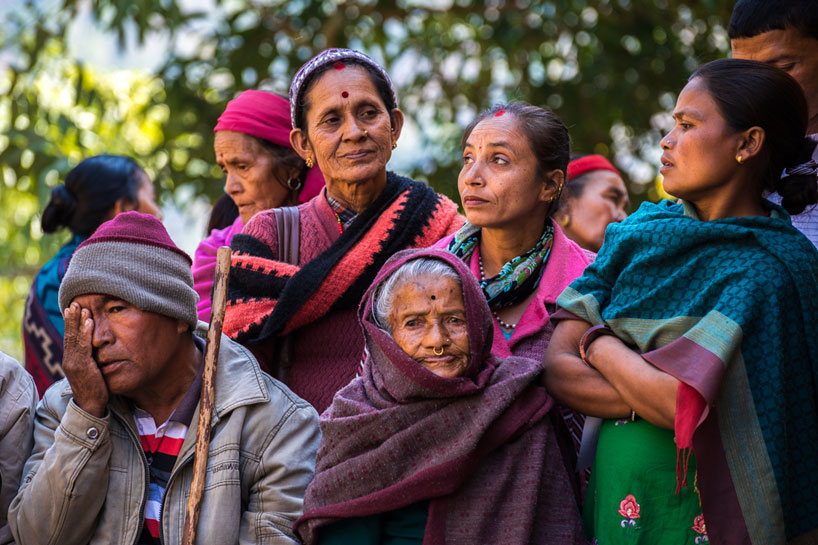
Queue, Bijuwar, Nepal
“I always try to interact with anyone I take a picture of,” says Ripley. “If you’re trying to get a candid image, you can obviously snap something without anybody knowing you’re there. But I’d rather meet people and engage, and then, they’re comfortable with your presence.”
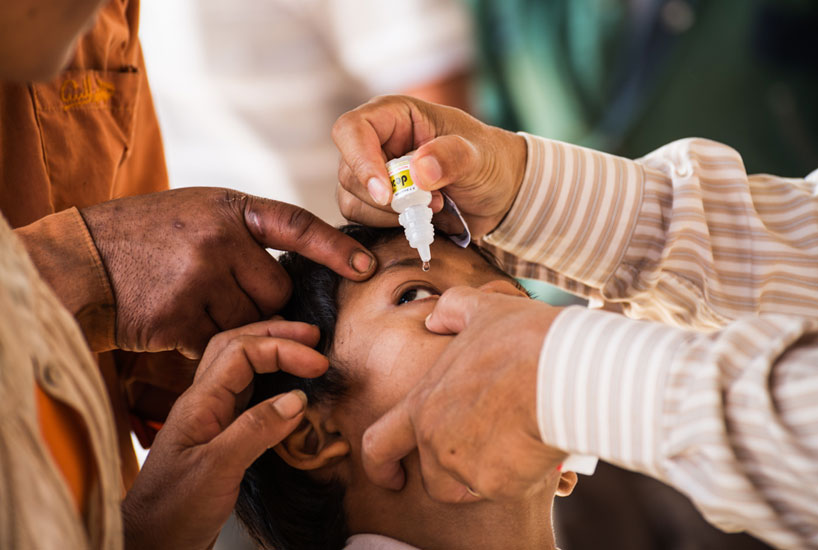
Drop, Kampot, Cambodia
A young boy in Cambodia is treated for a cataract in his eye—attained after a stick he threw at a tree rebounded, hitting him in the face. “He had just been let out,” says Ripley. “He had to stay overnight with the bandage on, and then in the morning we were all there pretty early for the patients being released. He came out and met his parents, and then the doctor was demonstrating to his parents how to apply the medicine to his eye. I was standing right next to him and grabbed that shot.”
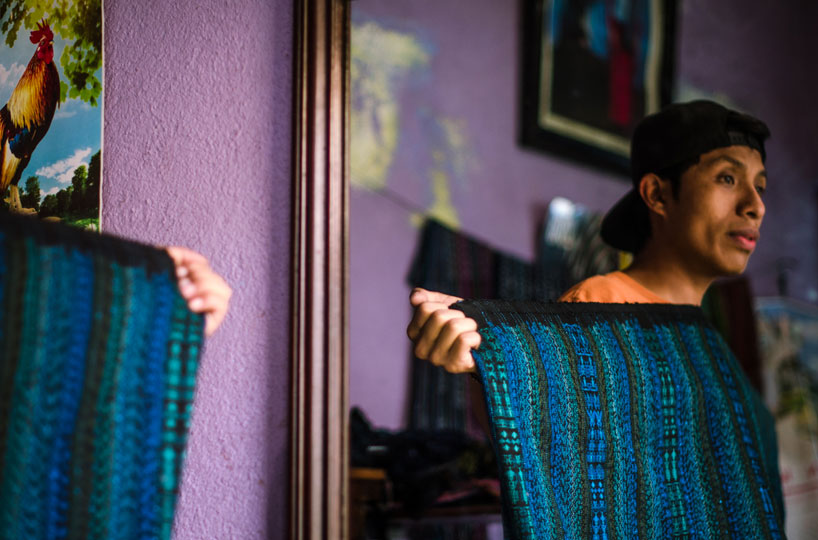
Length, Santiago Atitlán, Guatemala
The next two images came when Ripley met a family of traditional Mayan wool-weavers while travelling through Guatemala. “His name is Diego, and he’s holding a stretch of fabric made on a loom and explaining the symbolism. “He’s one of five or six children in the family, and he’s a very vibrant, outgoing individual. His whole family is involved in this workshop.”
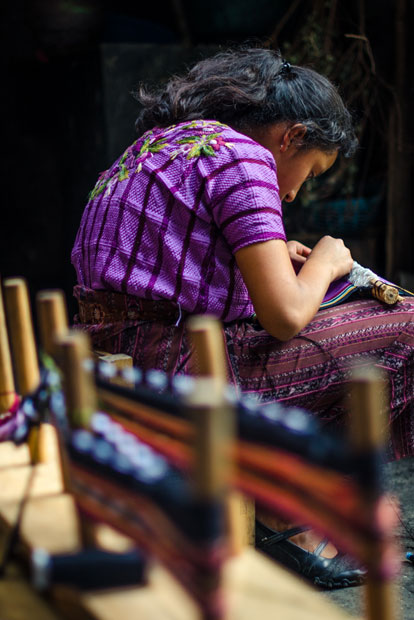
Backstrap, Santiago Atitlán, Guatemala
Juanita, age 13, is Diego’s younger sister, though her body language carries the weight of professionalism and experience. “She is working on a backstrap, which is very old—it’s pre-Colombian weaving technology. It’s still used for many of the articles of clothing, especially the top. It’s very laborious and difficult, takes a lot of training, and produces very strong, sturdy fabrics.”
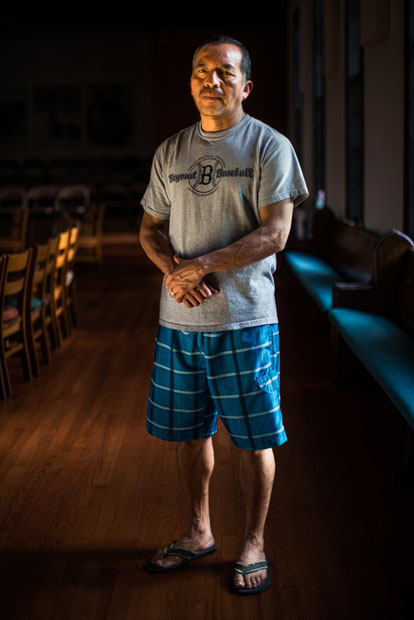
Sanctuary, USA
For his current project, Ripley is documenting the lives of undocumented migrants in the United States who seek sanctuary in churches—including this man in North Carolina. “ICE (Immigration and Customs Enforcement) has an internal policy—it’s not a law—that they don’t execute deportation orders or carry out raids at what they call ‘sensitive locations,’ which include houses of worship, schools, this type of thing.”
In such a difficult situation, how does Ripley cultivate trust with his subjects? By being more concerned with the relationships than the images. “I come and say what I’m doing. I say, ‘I’m not with the media, I don’t have any power over this situation whatsoever. Here’s what I’m doing, and if you’re interested in participating, that would be great.’
“The first few times I go there, I don’t even bring my camera. I just go and speak with people, hear their stories, have meals with them, spend the night at the churches, and eventually take the camera out. I just try to constantly be engaged—I try to be a human with a camera, not a photographer.”